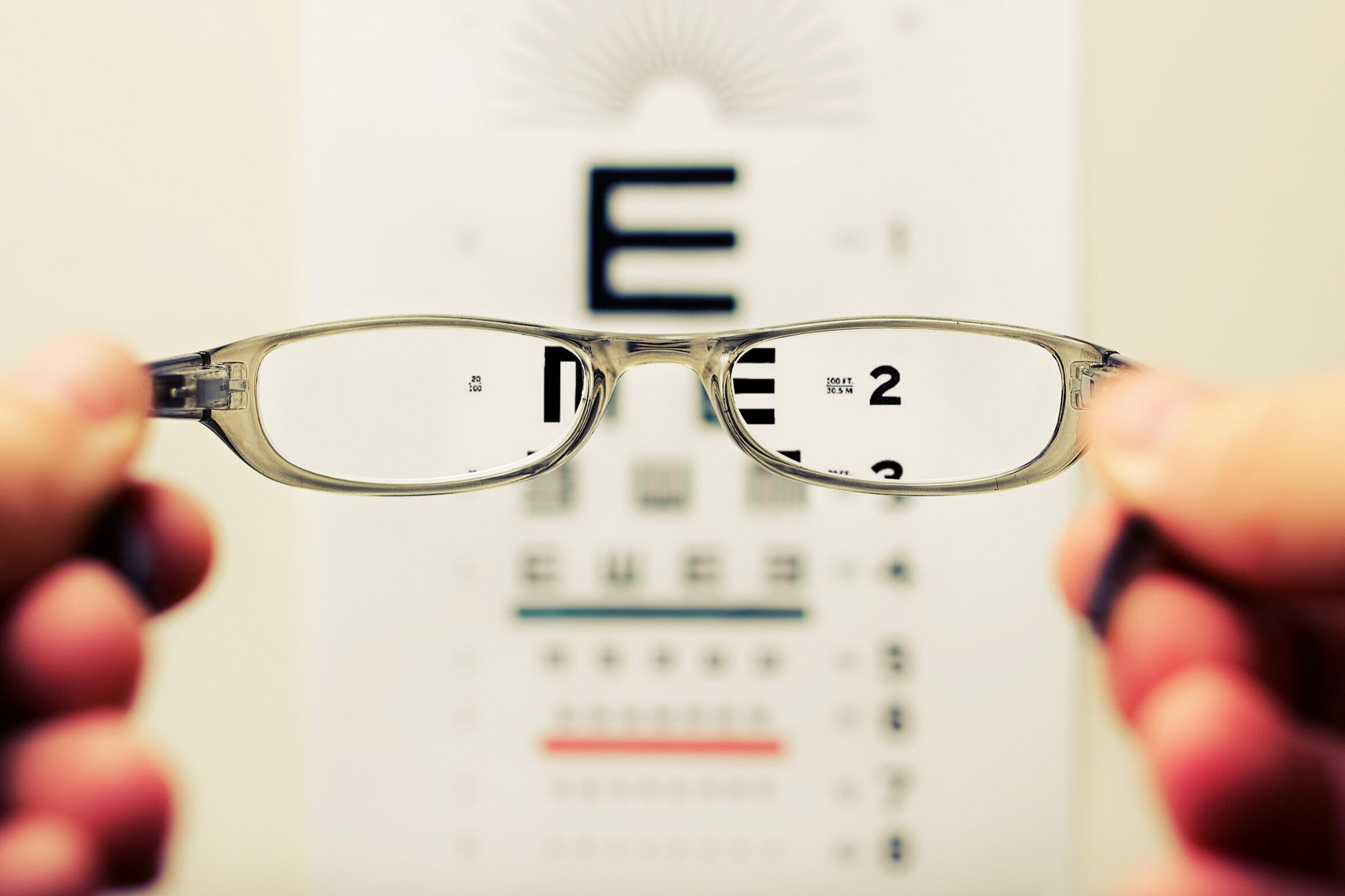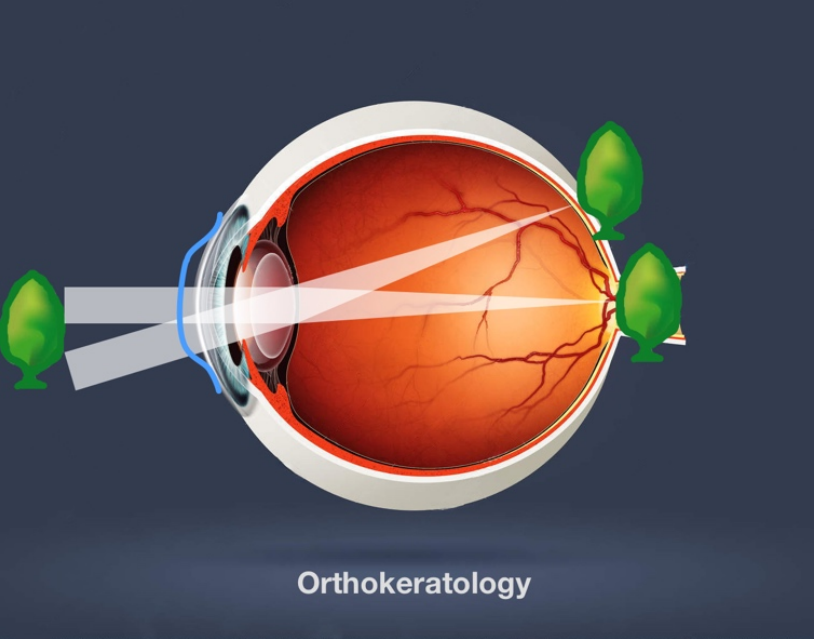
What is Myopia and what can we do about it?
What is Myopia?
Normal Vision
Emmetropia (normal vision) is the state of vision in which a faraway object (at infinity) are in sharp focus with the crystalline lens in a neutral or relaxed state. The condition of the “normal eye” is achieved when the refractive power of the cornea and the axial length of the eye are balanced. This focuses light rays exactly on the retina, resulting in perfect vision. A human eye in a state of emmetropia requires no corrective lenses.
Myopic/Short-sightedness
Myopia occurs when the eye grows too long from front to back, causing light to come into focus in front of the retina instead of directly on it. In other words, the focus falls short, which is why the condition is also called "short-sightedness."
Distant objects and your driving vision will be blurry if you have myopia, but you still will be able to see some nearby objects clearly.
Myopia typically starts during childhood and can progress gradually or rapidly with age.
What happens to the eye when it become more myopic?
Peripheral blur
As the eyes becoming more myopic, they grow longer in a process called axial elongation. The shape of the eye becomes less spherical and more elliptical. This means when wearing corrective spectacle lenses, whilst the central part of the eye will see the distant object clearly, our peripheral vision is subtly blurred. The retina seems to have the ability to sense the blurry peripheral image and drive even more axial elongation, making the eye more myopic.
How do we slow down myopia progression?
It’s normal for myopia to progress, but if it progresses too rapidly then it becomes a health risk.
As well as adopting better reading habit, vision corrections such as progressive lenses, multifocal contact lenses, and orthokeratology lenses are reported to have various effectiveness by reducing peripheral blur while keeping central vision clear.
Pharmaceutical treatment
Atropin Treatment
Recent research out of Singapore shows Atropine is a very effective way of slowing down the progression of myopia. The graph on the left shows that without treatment, the average patient will progress by -1.40D in 2.5 years, but Atropine treatment (regardless of %) will delay that process. However different concentration will have different effect on pupil size and focus.
So what’s the best option?
That depends.
Atropine and Orthokeratology are the more effective way of controlling the progression compare to spectacle lenses or soft multifocal lenses.
A decision is usually made based on the risk of rapid progression, tolerance to contact lenses vs eye drops, the financial cost involved in the treatment. And the decision should be constantly reviewed as visual demand changes with time.
Pharmaceutical treatment
Atropin Treatment
Recent research out of Singapore shows Atropine is very effective in slowing down the progression of myopia. The graph on the shows that without treatment, the average patient will progress by -1.40D in 2.5 years. Atropine treatment (regardless of %) will delay that process. However different concentrations will have different effect on pupil size and focus.
Orthokeratology
Ortho K Overnight lenses
Whatever it is, the way you tell your story online can make all the difference.
Atropine and Orthokeratology are the more effective way of controlling the progression compare to spectacle lenses or soft multifocal lenses.
A decision is usually made based on the risk of rapid progression, tolerance to contact lenses vs eye drops, the financial cost involved in the treatment. And the decision should be constantly reviewed as visual demand changes with time.





